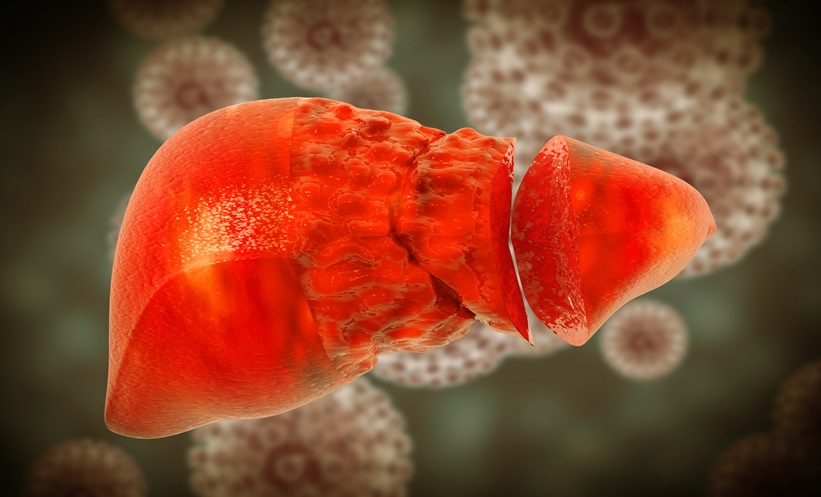Transarterial chemoembolisation (TACE) is the most common treatment modality for hepatocellular carcinoma (HCC) worldwide, often used to treat cases of unresectable HCC in particular.1 However, TACE is a treatment modality that only marginally improves patient survival and, at the same time, can cause significant harm to the cirrhotic liver if used in patients who are unsuitable for TACE treatment.2 The OPTIMIS study aimed to characterise TACE utilisation and outcomes in a real-world setting using a multinational observational trial of patients with Barcelona Clinic Liver Cancer (BCLC) Stage B HCC or higher, who were scheduled to undergo TACE at study entry. TACE usage as well as post-TACE treatment were documented, including the use of sorafenib following TACE treatment.
At the International Liver Congress (ILC) 2018 in Paris, France, the second interim analysis of the OPTIMIS trial, comprising the final analysis of 977 of the total 1,630 patients included, confirmed the overuse of TACE. According to international guidelines, 44% (431) of patients were ineligible for TACE at study entry and before the first TACE treatment. The fraction of ineligible patients was lowest in Japan (15%) and highest in China (82%), with other European and Asian countries ranging between these values. One major reason for ineligibility was that patients were already at BCLC Stage C before the first TACE procedure; this applied to 23% of patients. Again, this finding was lowest in Japan (5%) and highest in China (67%).
Upon analysing the deterioration of individual factors of liver function, albumin (25% of patients) followed by prolonged increased aspartate aminotransferase (22%) indicated worsening liver function and ischaemic liver damage.2 Liver function deterioration occurred more often in BCLC Stage C patients than in BCLC Stage B patients and slightly more often in TACE-ineligible patients at baseline than in TACE-eligible patients, but the difference was not major.
With regard to treatment received after TACE failure, sorafenib was administered to 27% of the patient population. In most parts of the world, sorafenib was used in approximately one-quarter of patients, except in Korea where only 12% of patients received sorafenib after TACE failure, and China, where 50% of patients received the drug. A reason for the low rate of sorafenib treatment after TACE discontinuation in Korea could be due to the country having the largest fraction of patients (59%) who received ≥3 cycles of TACE before starting drug treatment with sorafenib, which was the case in only 32% of patients in the overall study population. Another reason could be that the rate of treatment-emergent adverse events was highest in Korea (88%), while the rate was only 55% in the overall patient population.
Overall, these data confirm the suspected overuse of TACE in patients who are not TACE-eligible at baseline, but also in patients who become TACE-ineligible during the course of TACE treatment. The results also indicate that not all patients who required drug treatment after becoming TACE-ineligible received it. Whether this was due to the severe deterioration of liver function by (over)application of TACE or simply due to withholding drug treatment by the attending physician remains to be seen in the final analysis of the OPTIMIS data. Even without this information, this study gives an impression of the real-world practice of TACE usage in intermediate and advanced stage HCC patients.








